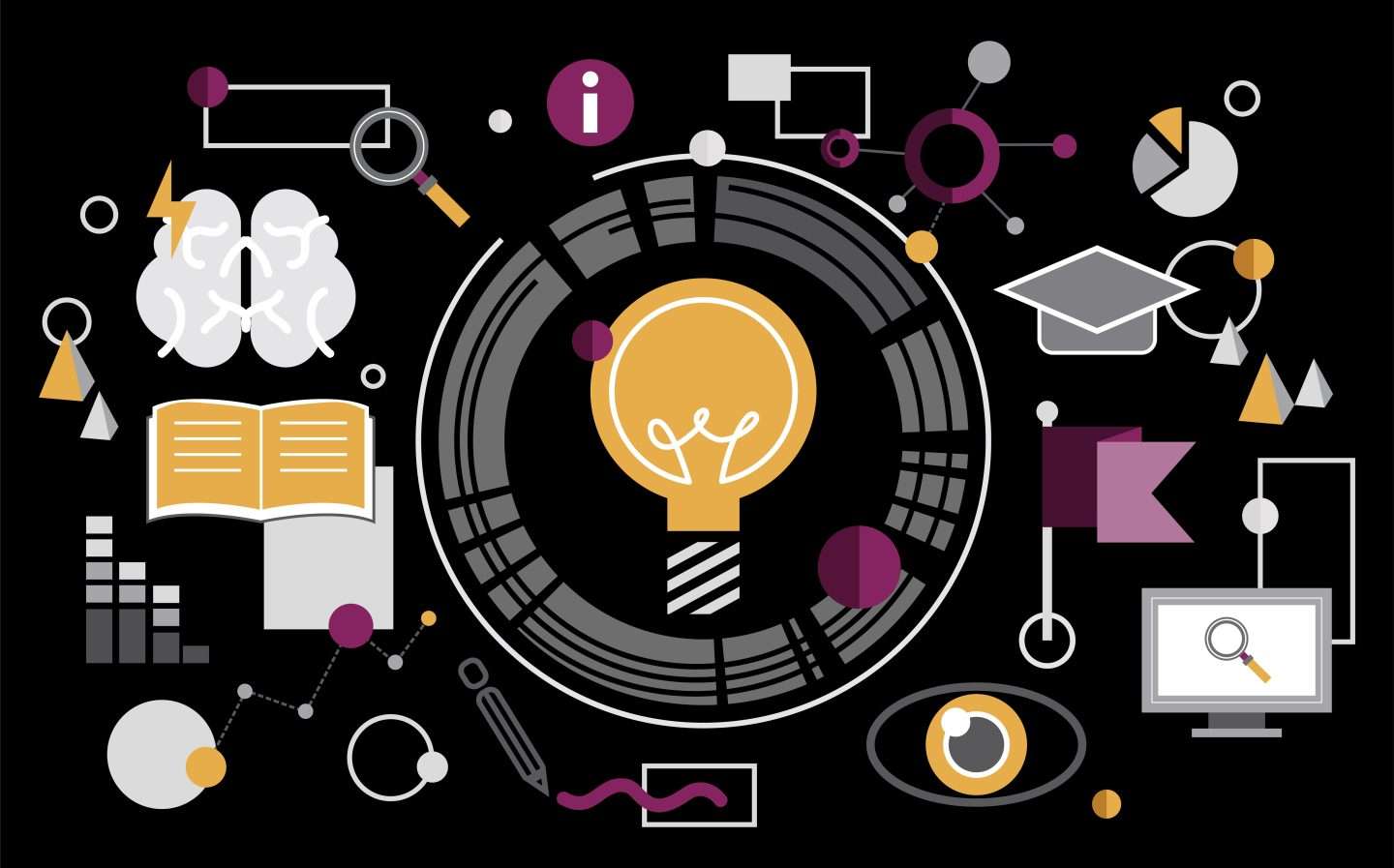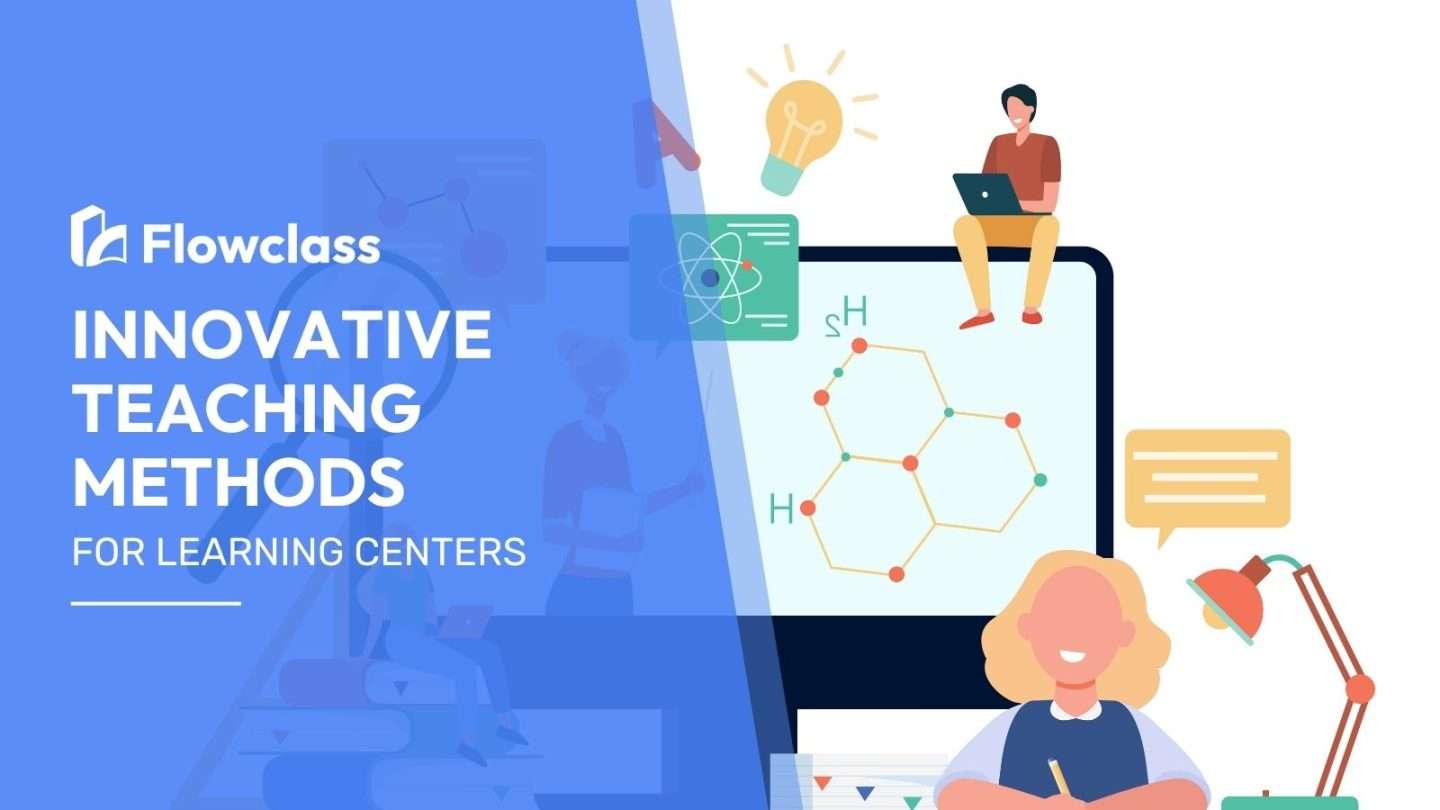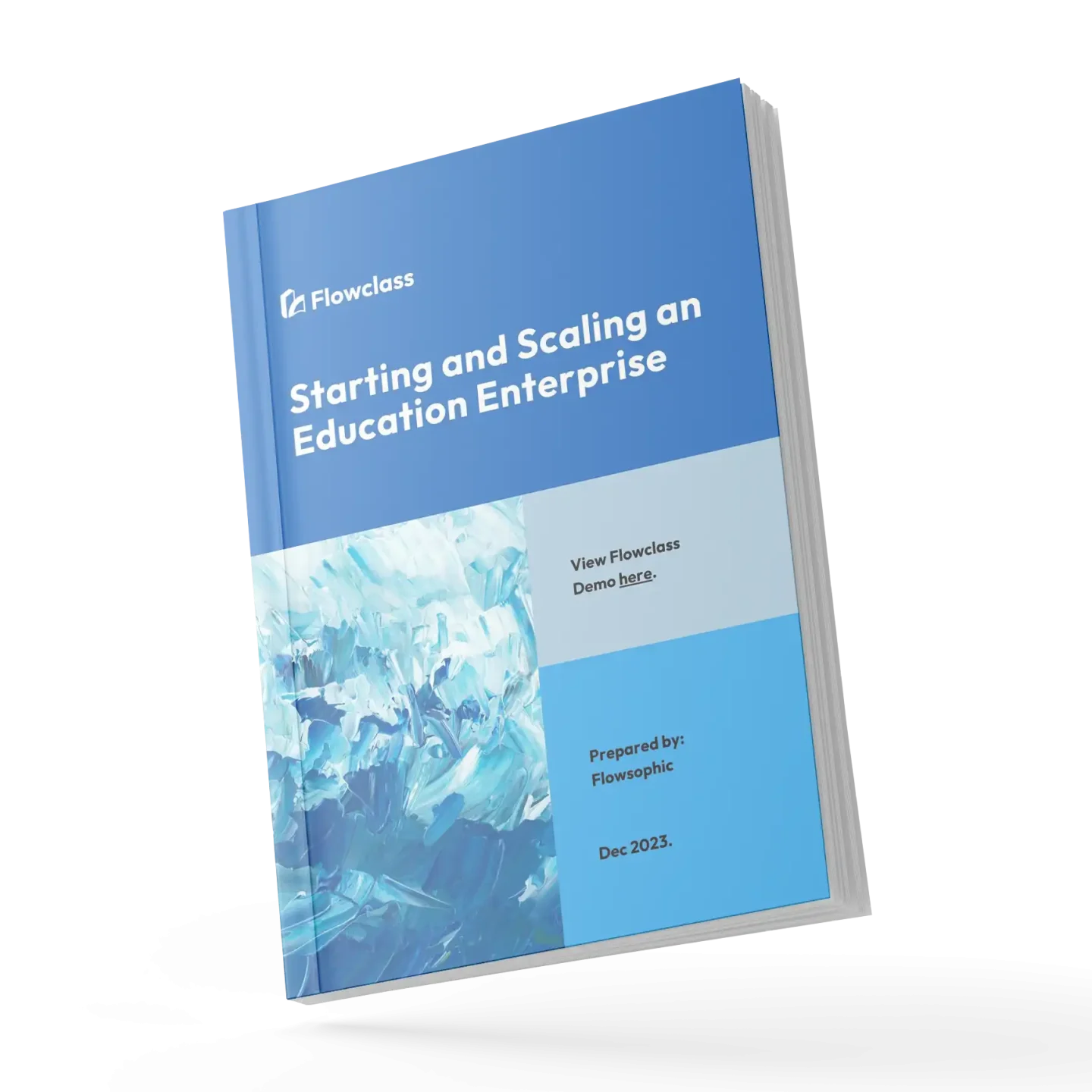In today’s diverse educational landscape, learning centers play a crucial role in enhancing student outcomes. Consequently, innovative teaching methods for learning centers are essential for fostering engagement and success. This guide explores various effective strategies that educators can implement in these settings.
Understanding the Importance of Innovative Teaching Methods for Learning Centers
Firstly, innovative teaching methods address different learning styles. Students come from various backgrounds and possess unique needs. Therefore, tailoring instruction is vital for maximizing their potential. Moreover, when students feel understood, they are more likely to engage [1].
Additionally, these methods encourage collaboration among students. By working together, learners develop social skills and build relationships. Ultimately, this collaborative environment enhances their overall educational experience [2].
Active Learning Strategies: Key Teaching Methods for Learning Centers

Active learning is a powerful approach. It shifts the focus from traditional lectures to student-centered activities. For instance, educators can use group discussions, problem-solving tasks, or hands-on projects [3].
Furthermore, activities like role-playing or simulations allow students to apply concepts in real-world contexts. When students actively participate, they retain information better. This method fosters critical thinking and enhances understanding.
Implementing Project-Based Learning as a Teaching Method for Learning Centers

Project-Based Learning (PBL) is another effective teaching method for learning centers. In PBL, students engage in extended projects that require critical thinking and creativity.
For example, students might work on a community service project. They can research local needs, develop solutions, and present their findings. This method not only enhances learning but also builds important life skills.
Moreover, PBL encourages collaboration and communication among students. As they share ideas and feedback, they learn to work as a team. Consequently, their confidence and social skills improve.
Differentiated Instruction: Adapting Teaching Methods for Learning Centers
Differentiated instruction is essential in any learning environment. It involves tailoring teaching methods to meet the diverse needs of students.
To implement this approach, educators can adjust content, process, or products based on student readiness. For example, some students may need simpler texts, while others can tackle more complex materials.
Additionally, using varied instructional strategies keeps students engaged. Visual aids, hands-on activities, and group work can cater to different learning styles. Ultimately, this flexibility can lead to better student outcomes.
Incorporating Technology: Modern Teaching Methods for Learning Centers

Incorporating technology into learning centers is increasingly important. Educational technology can enhance teaching methods and engage students in new ways.
For instance, interactive apps and online resources allow students to learn at their own pace. This self-directed learning empowers students to take charge of their education.
Moreover, technology facilitates collaboration through tools like Google Classroom or discussion forums. Students can share ideas and work on projects together, even if they are not in the same location.
Inquiry-Based Learning: A Dynamic Teaching Method for Learning Centers
Inquiry-Based Learning (IBL) is another innovative teaching method for learning centers. This approach encourages students to ask questions and explore topics deeply.
Firstly, educators can present a problem or scenario for students to investigate. As they research and gather information, they develop critical thinking skills.
Additionally, IBL promotes curiosity and engagement. Students are more likely to retain information when they are invested in their learning process.
Furthermore, this method fosters independence. Students learn to seek answers and solutions on their own. Consequently, they become more confident and self-reliant learners.
Collaborative Learning: Enhancing Teaching Methods for Learning Centers
Collaborative learning is vital for student engagement. It involves students working together to achieve common goals.
For example, educators can create small groups for discussions or projects. In these settings, students learn from each other’s perspectives. This interaction enhances understanding and builds a sense of community.
Moreover, collaboration teaches essential life skills. Students develop communication, problem-solving, and teamwork abilities. These skills are crucial for success in both academic and professional settings.
Gamification: Engaging Teaching Methods for Learning Centers

Gamification is an innovative approach that incorporates game elements into learning. By using points, badges, or challenges, educators can motivate students.
For instance, a learning center might implement a points system for completing tasks or participating in discussions. As students earn points, they feel a sense of achievement.
Additionally, gamification encourages healthy competition. Students are more likely to engage when they compete for rewards. Consequently, this method can enhance motivation and participation.
Experiential Learning: Practical Teaching Methods for Learning Centers
Experiential learning emphasizes hands-on experiences. It allows students to learn through direct involvement in activities.
For example, a learning center might organize field trips or workshops. These experiences provide real-world context for classroom concepts.
Moreover, experiential learning fosters deeper understanding. Students who participate in hands-on activities often retain information better. This method also enhances critical thinking and problem-solving skills.
Culturally Relevant Teaching: Inclusive Methods for Learning Centers
Culturally relevant teaching is essential for diverse classrooms. It involves recognizing and valuing students’ cultural backgrounds.
Educators can incorporate diverse perspectives into their lessons. By doing so, they make learning more relatable for all students.
Furthermore, this approach fosters inclusivity. Students feel valued when their cultures and experiences are acknowledged. Consequently, this leads to a more positive learning environment.
Reflective Practice: An Ongoing Teaching Method for Learning Centers
Reflective practice is an important aspect of professional development. Educators should continuously evaluate their teaching methods.
By reflecting on their practices, teachers can identify areas for improvement. This ongoing evaluation enhances teaching effectiveness over time.
Additionally, sharing experiences with colleagues can foster collaboration. Educators can learn from each other’s successes and challenges. Ultimately, this collaborative reflection benefits both teachers and students.
Conclusion: The Future of Teaching Methods for Learning Centers
In conclusion, innovative teaching methods for learning centers are essential for fostering student success. By implementing strategies like active learning, project-based learning, and technology integration, educators can create engaging environments.
Additionally, approaches like differentiated instruction and culturally relevant teaching ensure that all students feel valued. As we look to the future, continuous adaptation and reflection will be key to meeting the diverse needs of learners.
Ultimately, by embracing these innovative teaching methods, learning centers can unlock the full potential of every student. Let’s inspire a generation of learners who are engaged, confident, and ready to thrive!
Learn more:


